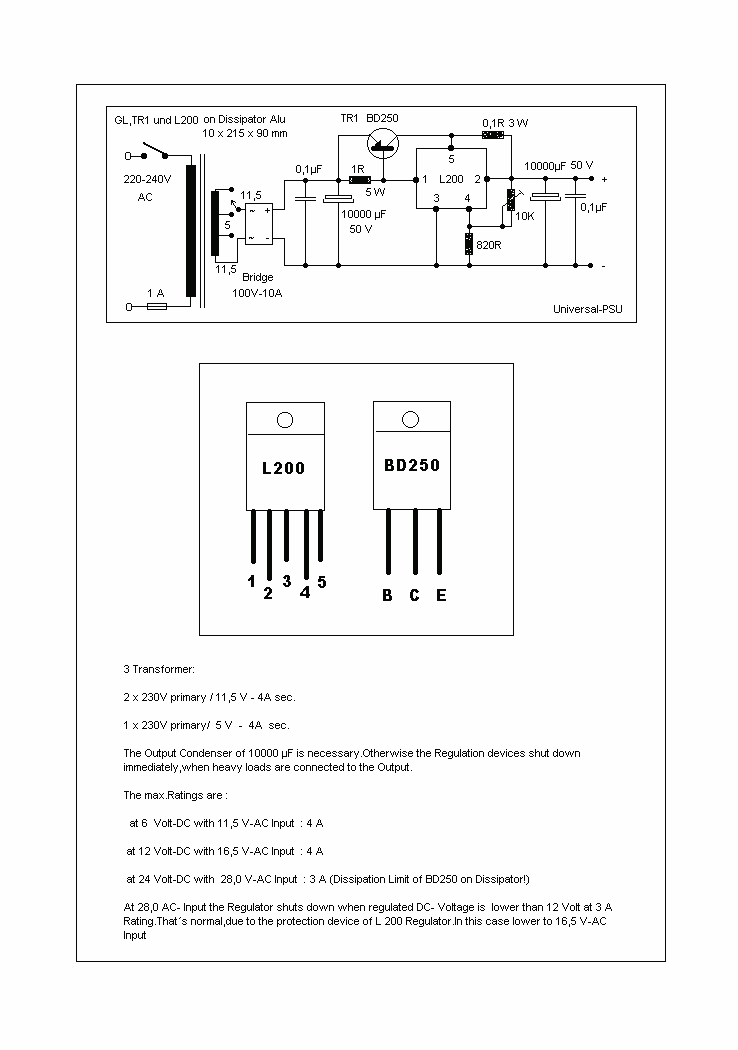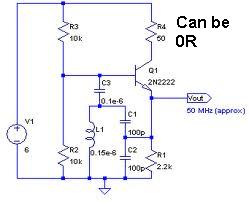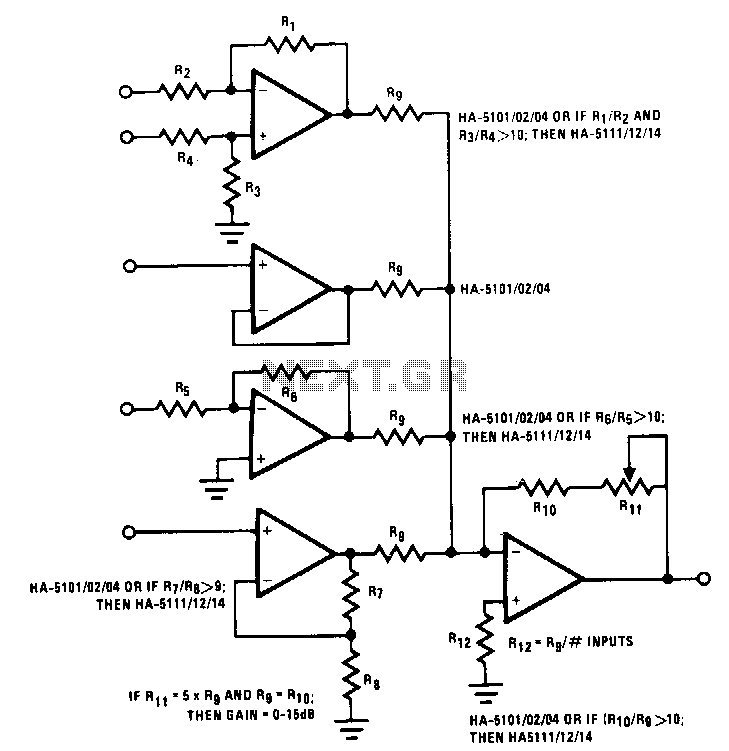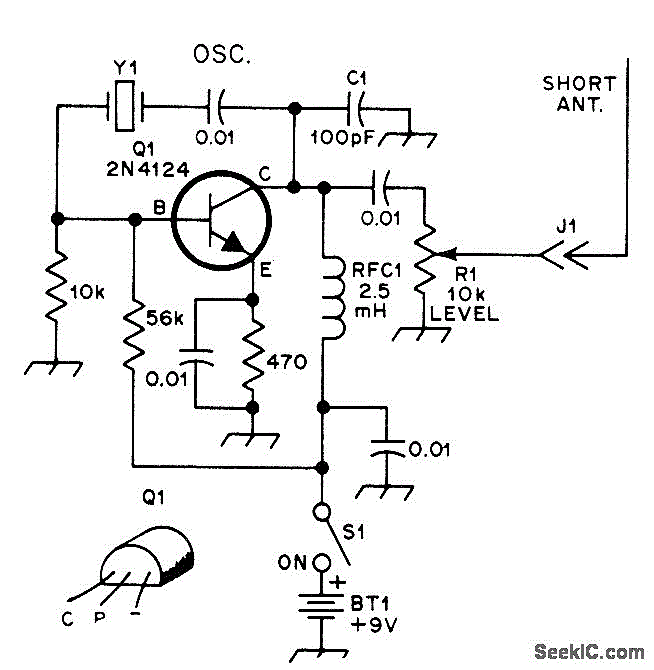
4 Amps Universal PSU

A Universal Power supply based on the L200 regulator, which includes an outboard pass transistor to boost output currents up to 4 amps.
The described universal power supply utilizes the L200 voltage regulator, renowned for its versatility in providing adjustable output voltages. The L200 can deliver regulated output voltages ranging from 3V to 32V, depending on the external components used in the circuit. This regulator is particularly useful in applications requiring a stable voltage source with variable output capabilities.
In this configuration, an outboard pass transistor is employed to enhance the current output capability of the power supply. This transistor operates in conjunction with the L200 regulator, allowing the overall circuit to supply up to 4 amps of output current. The use of a pass transistor is critical in applications where higher current is needed beyond the native capabilities of the L200, which typically supports a maximum output current of around 1.5A.
The schematic of the power supply includes several key components:
1. **Input Capacitor**: A large electrolytic capacitor is connected at the input to filter any high-frequency noise and stabilize the input voltage.
2. **L200 Voltage Regulator**: This integrated circuit is the heart of the power supply, providing the necessary regulation. It requires a few external resistors to set the desired output voltage level.
3. **Pass Transistor**: A suitable NPN transistor (such as a TIP3055 or similar) is connected in such a way that it can handle the additional load current. The base of the transistor is connected to the output of the L200, allowing it to turn on and off based on the load requirements.
4. **Output Capacitor**: A capacitor is placed at the output to further smooth out the voltage and improve transient response.
5. **Protection Diodes**: Diodes may be included to protect against reverse polarity and to prevent damage from inductive loads.
Additionally, the circuit may feature a thermal shutdown mechanism to prevent overheating, especially when operating at maximum current. A heat sink is typically attached to the pass transistor to dissipate heat generated during operation.
This universal power supply design is suitable for various applications, including powering analog circuits, microcontrollers, and other electronic devices requiring a stable and adjustable power source. Proper layout and component selection are essential to ensure reliable performance and efficiency of the power supply.A Universal Power supply based on the L200 regulator, which includes an outboard pass transistor to boost output currents up to 4 amps. 🔗 External reference
The described universal power supply utilizes the L200 voltage regulator, renowned for its versatility in providing adjustable output voltages. The L200 can deliver regulated output voltages ranging from 3V to 32V, depending on the external components used in the circuit. This regulator is particularly useful in applications requiring a stable voltage source with variable output capabilities.
In this configuration, an outboard pass transistor is employed to enhance the current output capability of the power supply. This transistor operates in conjunction with the L200 regulator, allowing the overall circuit to supply up to 4 amps of output current. The use of a pass transistor is critical in applications where higher current is needed beyond the native capabilities of the L200, which typically supports a maximum output current of around 1.5A.
The schematic of the power supply includes several key components:
1. **Input Capacitor**: A large electrolytic capacitor is connected at the input to filter any high-frequency noise and stabilize the input voltage.
2. **L200 Voltage Regulator**: This integrated circuit is the heart of the power supply, providing the necessary regulation. It requires a few external resistors to set the desired output voltage level.
3. **Pass Transistor**: A suitable NPN transistor (such as a TIP3055 or similar) is connected in such a way that it can handle the additional load current. The base of the transistor is connected to the output of the L200, allowing it to turn on and off based on the load requirements.
4. **Output Capacitor**: A capacitor is placed at the output to further smooth out the voltage and improve transient response.
5. **Protection Diodes**: Diodes may be included to protect against reverse polarity and to prevent damage from inductive loads.
Additionally, the circuit may feature a thermal shutdown mechanism to prevent overheating, especially when operating at maximum current. A heat sink is typically attached to the pass transistor to dissipate heat generated during operation.
This universal power supply design is suitable for various applications, including powering analog circuits, microcontrollers, and other electronic devices requiring a stable and adjustable power source. Proper layout and component selection are essential to ensure reliable performance and efficiency of the power supply.A Universal Power supply based on the L200 regulator, which includes an outboard pass transistor to boost output currents up to 4 amps. 🔗 External reference





